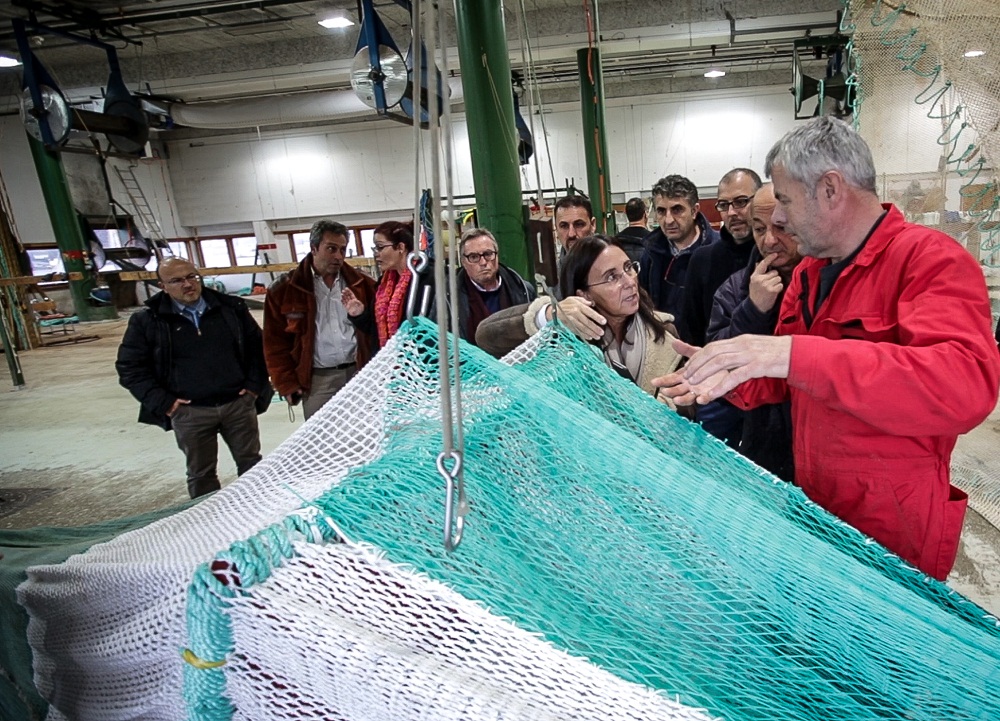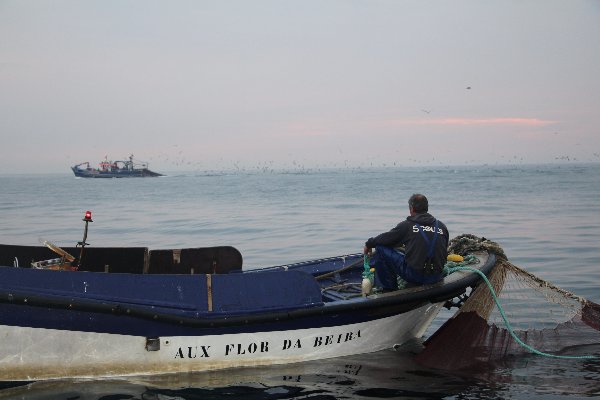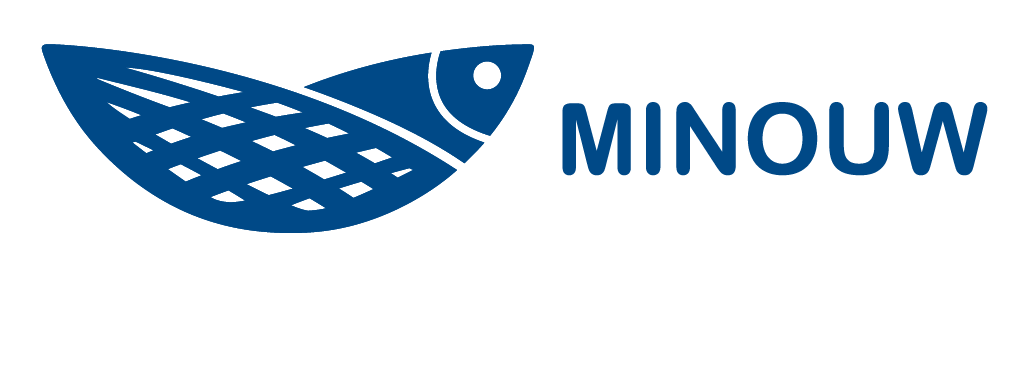Equal partners, working together

The complexity of the problem makes a multi-actor approach essential. Scientists, fisheries technologists, local fisheries managers, fish producers and NGOs all work collaboratively to provide the scientific and technical basis to achieve the project’s goals.
Participants work together to identify and analyse existing and potential discard-mitigating technologies, which are tested in field trials to assess their impact.
WORKING FROM ‘THE BOTTOM UP’
The project uses a ‘bottom-up’ philosophy to produce innovative solutions from fishers and for fishers. Local fisheries management and fishers’ associations are involved from the very beginning.
We believe involving fishers from the project’s inception is vital to success - incentivising ecologically sound fishing practices among fish producers is key to successfully reducing unwanted catches.
Involving end users in a participatory framework makes it possible to use their knowledge and experience to design realistic technological solutions. It also helps with the adoption, acceptability and local implementation of policies related to discards.
A CASE STUDY IN COOPERATION
Our case studies are based on a broad, participatory approach (the common participatory approach methodology). Regular multi-stakeholder events are organised where results of technological advances and field tests are discussed and shared. .
This approach is complemented by:
- community-based data collection programmes,
- the exchange of lessons learned by different end users
- multi-actor discussion groups assessing Traditional/Local Ecological Knowledge (TEK/LEK)
Technological solutions or changes to fishing practices will be discussed with fishers, and tested in collaboration with industry and local policy makers. Working with industry will help address implementation problems and assess the market potential of technological solutions.

Finally, each case study will be analysed jointly by local science and technology experts and advisors to the project from relevant EU bodies, in dialogue with end users (fish producers, local fish managers, fisheries inspectors).

